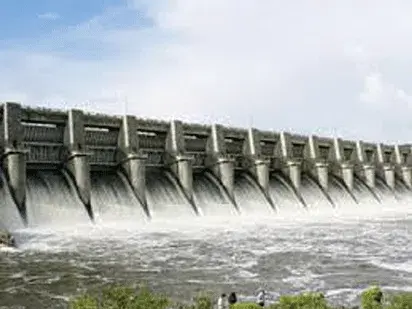States likely to be impacted and which border the Benue River, include Adamawa, Taraba, Benue, Nasarawa, Kogi, Edo, Delta, Anambra, Bayelsa, Cross-River, and Rivers.
NIHSA also advised people in these states as well as officials of government at all levels to “heighten their vigilance and implement appropriate preparedness measures to mitigate potential flooding impact that may arise due to increase in flow levels of our major rivers during this period.”
Although the flood disaster in Maiduguri and some other parts of Borno State was not caused by the release of water from Lagdo Dam, the fear is that the release of water from Lagdo Dam will have more devastating effects than it happened in 2022.
Vanguard gathered that the water level of Rivers Niger and Benue are already rising, despite what the Cameroonian authorities described as the gradual release of water from Lagdo Dam.
For instance, residents in some communities, including Irri in Isoko South Local Government Area of Delta State are already relocating from flood plains to higher grounds, following the rise in water levels in affected areas.
Emphasising the need for people to relocate from flood plains, NIHSA’s Director-General/Chief Executive Officer of the agency, Umar Muhammed, warned in a statement: “The water discharge is anticipated to progressively escalate to 1000m³/s over the next seven days, based on the inflow from the upstream Garoua River, which serves as the primary source into the reservoir and a significant tributary to the Benue River.”
His warning has since thrown those in the affected states into a panic mode, as governments of the affected states are currently hurrying to relocate people and also provide internally displaced peoples, IDPs, and camps.
Confirming the development, the spokesman of the National Emergency Management Agency, NEMA, Ezekiel Manzo, affirmed that the release of excess water from the Lagdo Dam was ongoing and swelling the water level of River Benue.
